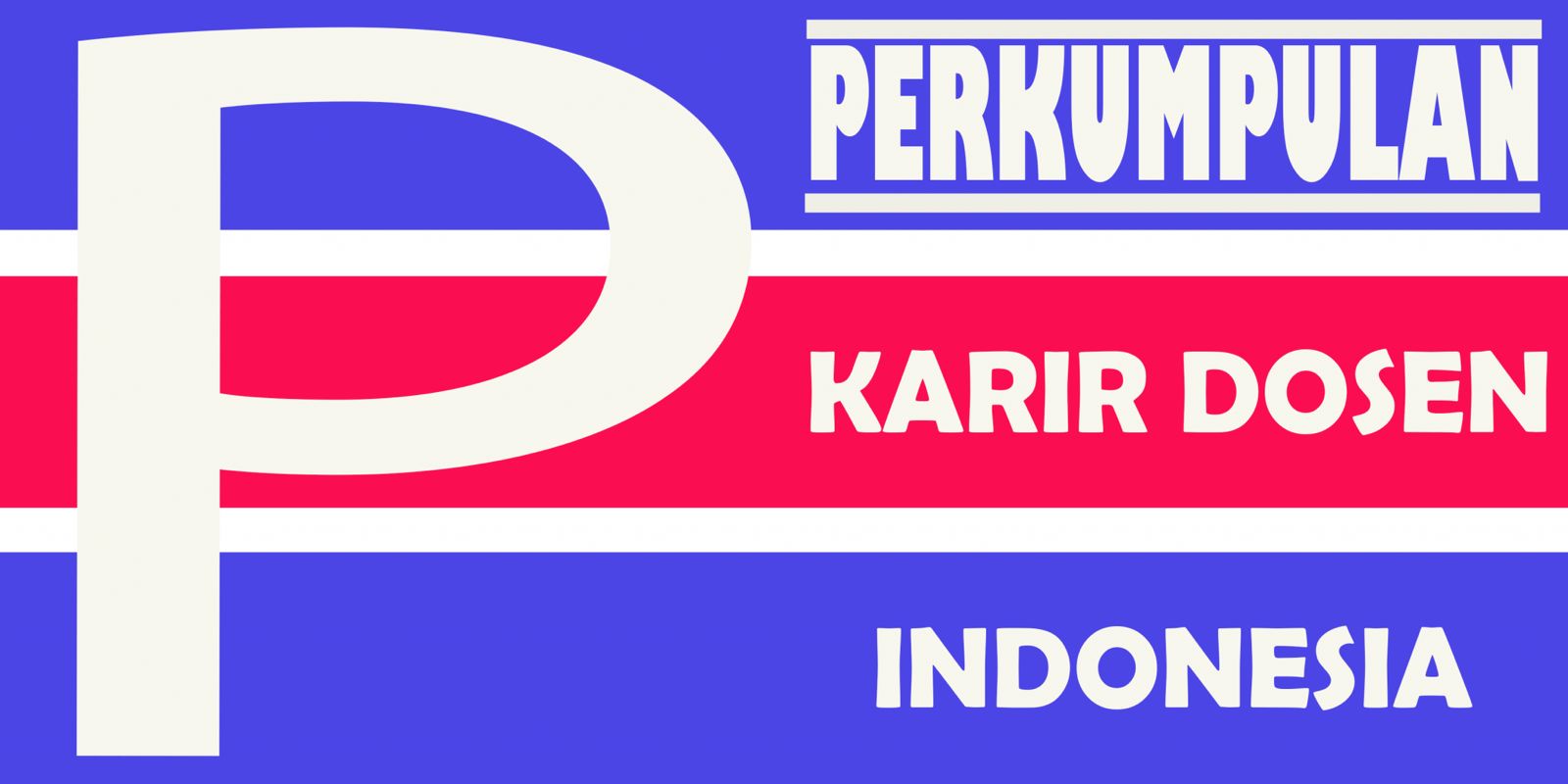PHYTOPLANKTON COMPOSITION AT CILIWUNG RIVER POST IMPLEMENTATION OF NORMALIZATION PROGRAM
DOI:
https://doi.org/10.59408/jisni.v2i1.22Keywords:
Ciliwung, Phytoplankton, CompositionAbstract
The water quality in Ciliwung River gives a considerable influence on the survival and growth of biota in the river. The quality of the Ciliwung River is determined by the physical, chemical, and biological properties of the waters of the Ciliwung River. Water quality affects the amount, composition, species diversity, production and physiological state of aquatic organisms such as phytoplankton. Phytoplankton is one of the biological indicators that can be used to evaluate water quality. With the implementation of the river normalization program by the Provincial Government of DKI Jakarta, it is necessary to conduct research on the composition of phytoplankton in order to evaluate the quality of the waters. Research is conducted along the Ciliwung River, from upstream to downstream. The sampling location consists of 9 (Nine) stations, namely; Gadog Bridge, Gadog, katulampa, Kelapa Dua, Kalibata, Kampung Melayu, Pejompongan, K.H. Mas Mansyur, and Gong Bay. The results showed that the composition of phytoplankton in the waters of Ciliwung River Year 2017 increased compared to 2008 by Fachrul et al. The compositions were 5 divisions consisting of 45 species, 20 species of Bacillariophyceae, 15 types of Chlorophyceae, 6 types of Cyanophyceae, 3 types Euglenophyceae, and 1 type of Dinophyceae. The types of phytoplankton that dominate the waters of Ciliwung are Scenedesmus sp., Nitzschia sp., Oscillatoria sp., Spirulina sp., And Cyclotella sp.
References
American Public Health Association (APHA). 1995. Standards Methods for The Examination of Water and Wastewater. 19th ed. Washington DC: American Public Health Association Inc.
Barange, M., Campos, B. 1991. Model of spesies abundance: a critique of and an alternative to the dynamic model. Marine Ecology Progress Series 69: 293-298.
Djuhanda, T. 1980. Kehidupan Dalam Setetes Air dan Beberapa Parasit Pada Manusia. Bandung : ITB Press. Edmondson, W.T. 1963. Freshwater Biology. 2nd ed. New York: John Wileyand Son.
Facrul, M.F., Ediyono, S. H., Wulandari, M. 2008. Komposisi dan Model Kemelimpahan Fitoplankton di Perairan Sungai Ciliwung Jakarta. Biodiversitas 9 (4) : 296-300.
Hutagalung, H.P., Setiapermana, D. Riyono, S.H. 1997. Metode Analisis Air Laut, Sedimen dan Biota. Buku 2. Jakarta : Puslitbang Oseanologi LIPI.
Madinawati. 2010. Kelimpahan dan Keanekragaman Plankton di Perairan Laguna Desa Tolongano Kecamatan Banawa Selatan. Media Litbang Sulteng III. 3 (2). Mizuno, T. 1978. Illustration of The Fresh Water Plankton. Japan: HeikushaPublishing, co. Ltd Osaka.
Nontji, A. 1993. Laut Nusantara. Djambatan, Jakarta. Nybakken, J.W. 1992. Biologi Laut. Jakarta : Gramedia. Soeprobowati, T. R. 2011. Kajian Perubahan Ekosistem Danau Rawa Pening Menggunakan Diatom sebagai Bioindikator. Prosiding. Semarang: Simposium Nasional Penelitian Perubahan Iklim.
Sastrawijaya, A.T. 1991. Pencemaran Lingkungan. Jakarta : Rineka Cipta.
Downloads
Published
How to Cite
Issue
Section
License
Copyright (c) 2025 Firsty Rahmatia, Marlenny Sirait

This work is licensed under a Creative Commons Attribution-NonCommercial-ShareAlike 4.0 International License.






